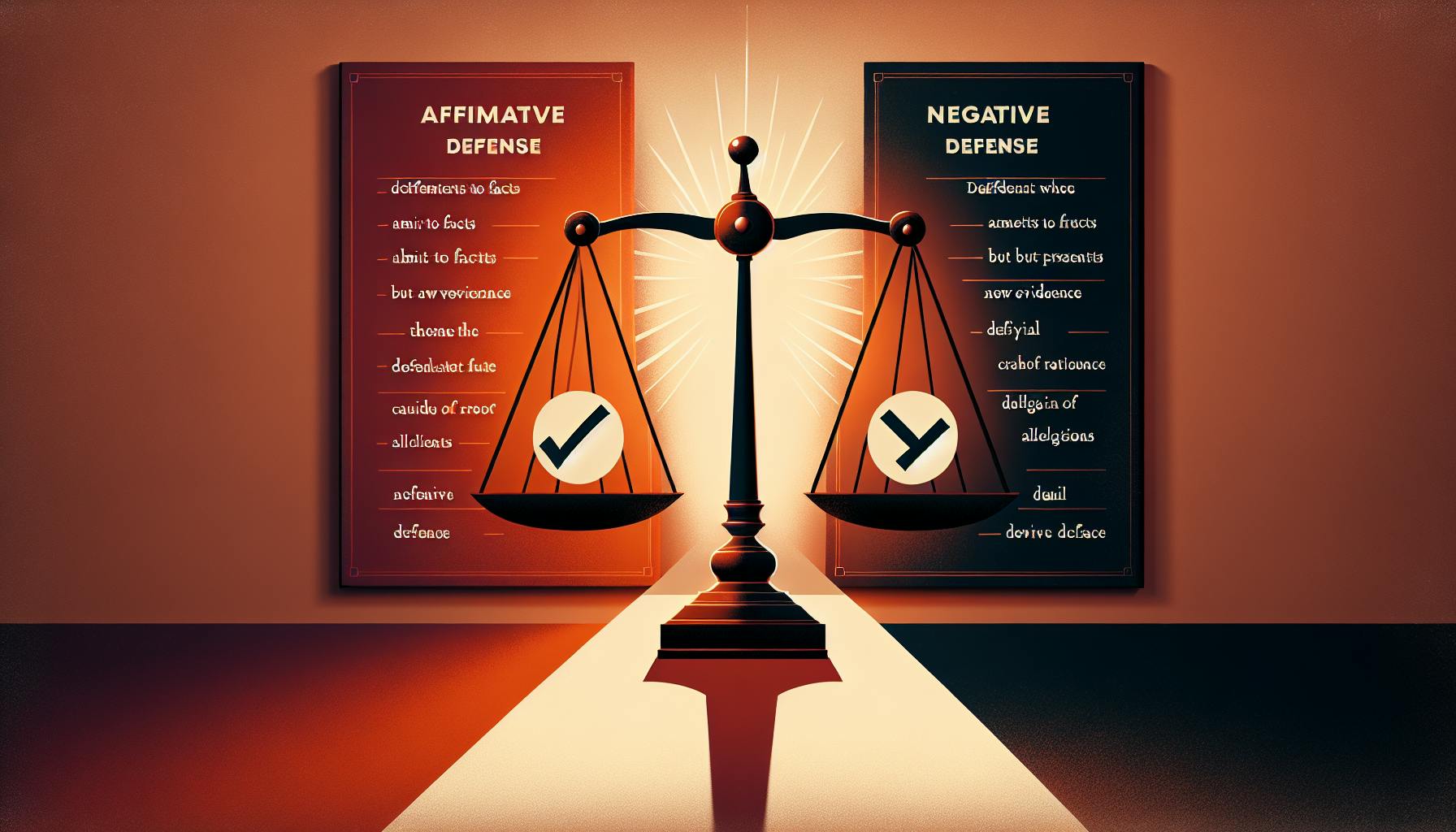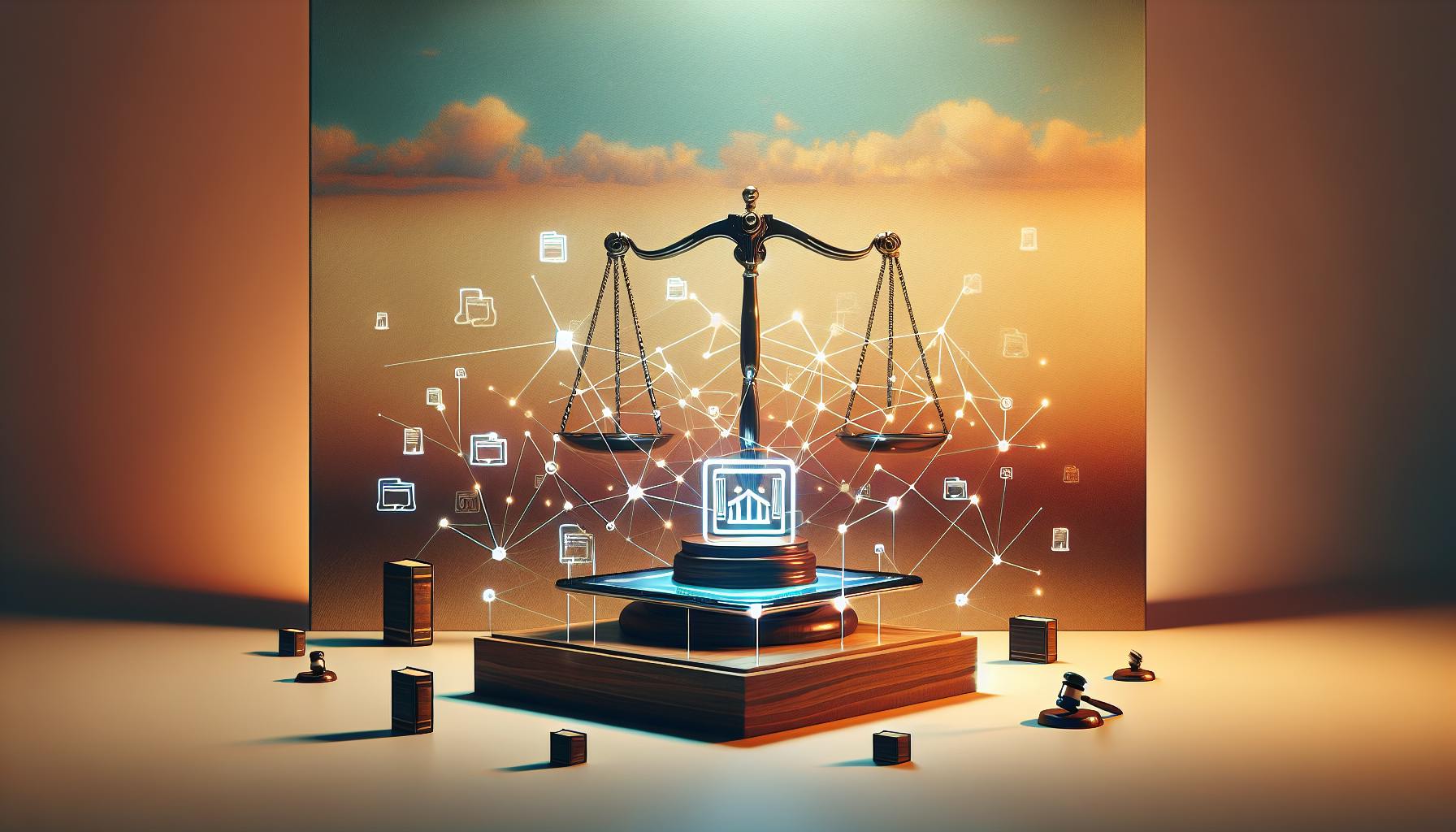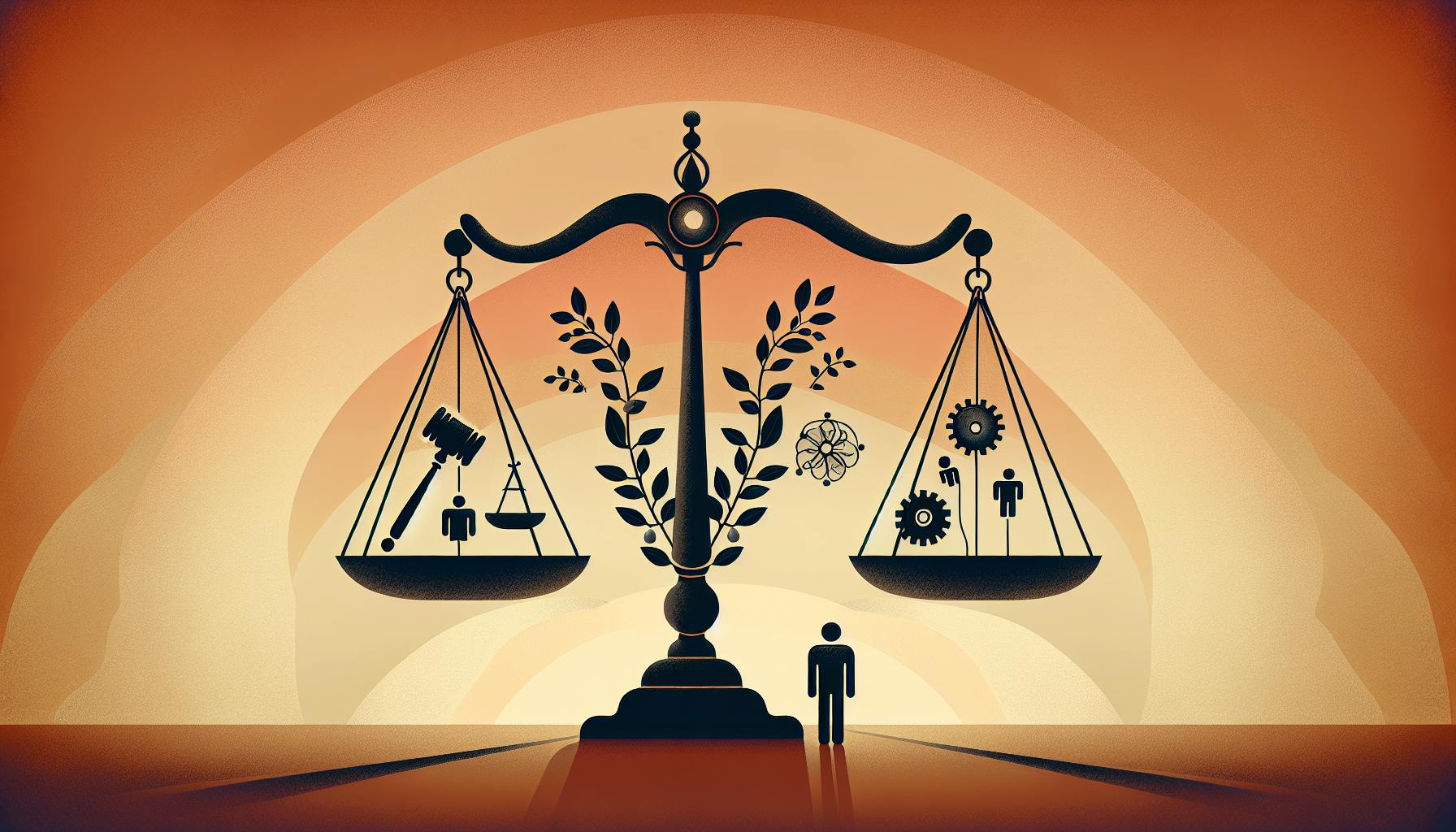Selecting a fair and impartial jury is crucial for a just legal system. Most would agree that discriminatory jury selection undermines this goal.
This article explores the procedural tools of peremptory challenges and challenges for cause, while emphasizing the need to avoid discrimination and ensure representation.
We will compare these two types of challenges and analyze legal strategies for optimizing jury selection, with a focus on fairness, inclusion, and diversity.
Introduction to Jury Selection in United States Courts
Jury selection, known as voir dire, is an important part of both criminal and civil trials in the United States judicial system. Lawyers use voir dire to identify biased jurors or jurors facing undue hardships and remove them from the jury pool through peremptory challenges and challenges for cause. Proper use of these challenges shapes the composition of the final jury.
Defining Voir Dire and Its Importance in Criminal and Civil Procedure
Voir dire refers to the preliminary examination of potential jurors. Judges and lawyers question the jury pool to determine if any jurors may be unsuitable for service due to bias, conflicts of interest, or other reasons that could impact their ability to remain impartial.
Voir dire plays a critical role in ensuring a defendant's constitutional right to a fair trial under the Sixth Amendment. Removing biased or partial jurors is essential for assembling an impartial jury that will hear the facts of the case and apply the law without prejudice. The voir dire process aims to eliminate extremes of partiality and prevent unjust verdicts.
Overview of Peremptory Challenges and How Many Are Allowed
Peremptory challenges allow lawyers to reject a certain number of potential jurors without providing a reason or justification. The number of peremptory challenges allotted differs between civil and criminal cases and varies by jurisdiction.
In federal criminal felony trials, the defense is allowed 10 peremptory challenges and the prosecution typically receives 6. In federal civil trials, each party is allowed 3 peremptory strikes. Unused challenges cannot be transferred between parties. Peremptory challenges enable lawyers to strategically shape the final composition of the jury.
Understanding Challenges for Cause During Jury Selection
Challenges for cause require lawyers to provide the court with a valid reason why a potential juror should be dismissed. Common reasons include:
- Bias for or against one of the parties
- Inability to be impartial
- Conflicts of interest
- Health conditions making service overly burdensome
- Financial or familial hardship
If the judge agrees the juror should be excused for cause, that juror is removed from the pool. There is no limit on the number of challenges for cause lawyers can make. Documenting each challenge on the record is key.
What are the differences between juror challenges for cause and peremptory challenges?
Challenges for cause and peremptory challenges are two types of challenges that can be used during jury selection to remove potential jurors. Here are some of the key differences:
Challenges for Cause
- Used when there is a specific reason to believe a potential juror cannot be impartial or unbiased. Common reasons include:
- Having a relationship with someone involved in the case
- Having strong views or prior knowledge about the case that prevent objectivity
- Facing hardships from jury duty that seriously impede their ability to serve
- Attorneys must explain the reasoning and convince the judge. The judge decides whether to grant the challenge.
- There is no limit to how many challenges for cause can be issued.
Peremptory Challenges
- Do not require attorneys to provide any justification or explanation.
- Each side has a limited number of peremptory challenges they can use (varies by state).
- Allows attorneys to eliminate jurors they simply feel would not be advantageous, even just based on instincts.
In summary, challenges for cause require proof of bias, while peremptory challenges can be used freely within the designated limits. Understanding these differences allows attorneys to strategically shape the jury during selection.
What is the difference between challenges for cause and peremptory challenges in the juror selection process quizlet?
A challenge for cause and a peremptory challenge are two different types of challenges that can be used during the jury selection process. Here is a brief overview of the key differences:
Challenges for Cause
- A challenge for cause is used when there is a specific, legally valid reason to believe a potential juror cannot be fair or impartial.
- Common reasons for challenges for cause include conflicts of interest, acquaintanceship with trial participants, inability to follow legal instructions, and clear biases.
- Attorneys must explain the reasoning and provide evidence for issuing a challenge for cause. The judge then decides whether to grant the request and dismiss the juror.
- There is no limit to how many challenges for cause attorneys can make.
Peremptory Challenges
- Peremptory challenges allow attorneys to dismiss potential jurors without providing a reason.
- They are typically based more on an attorney's instincts or trial strategy rather than clear evidence of juror unsuitability.
- Each side of a trial has a limited number of peremptory challenges they can use (varies by state).
- The number is replenished if the jury pool is exhausted and additional prospective jurors are called.
In summary, challenges for cause require valid legal reasons while peremptory challenges can be used arbitrarily according to an attorney's discretion during the juror selection process. Understanding the difference can help streamline voir dire and ensure an impartial jury.
What is the difference between peremptory and for cause?
There are two main types of challenges that can be used during jury selection:
Peremptory Challenges
- Peremptory challenges allow attorneys to dismiss potential jurors without providing a reason.
- Each side is allotted a limited number of peremptory challenges that can be used.
- Peremptory challenges cannot be based solely on a potential juror's race or gender. Using them in this way could open the attorney to a Batson challenge.
Challenges for Cause
- Challenges for cause require providing a valid reason why the potential juror cannot be fair or impartial.
- Some common reasons for challenges for cause include:
- The potential juror knows one of the parties involved
- The potential juror has a financial or personal interest in the case
- The potential juror exhibits bias that would prevent them from being impartial
- There is no limit to the number of challenges for cause that can be used.
The key difference is that peremptory challenges do not require stating a reason, while for cause challenges require showing why that potential juror specifically would not be able to fairly weigh the evidence presented. Attorneys strategically use both types of challenges during voir dire to empanel the most favorable jury.
What are the two challenges used to disqualify prospective jurors?
During jury selection, attorneys have two types of challenges that can be used to remove potential jurors:
-
Peremptory challenges - Each side has a limited number of peremptory challenges they can use to dismiss jurors without needing to provide a reason. These allow attorneys to eliminate jurors they feel may be unfavorable without needing justification.
-
Challenges for cause - Attorneys can request to dismiss a juror for cause if they can provide a valid reason why the juror cannot be fair or impartial, such as bias, hardship, or inability to follow the law. Challenges for cause must be approved by the judge.
Unlike peremptory challenges, challenges for cause can remove an unlimited number of potential jurors, as long as valid reasoning is provided each time. Using both strategically allows attorneys to shape the final jury composition to their benefit.
sbb-itb-585a0bc
Peremptory Challenge vs Challenge for Cause: Legal Foundations
Legal Basis for Peremptory Challenges and Challenges for Cause
Peremptory challenges have their basis in English common law, allowing parties to strike potential jurors without providing a reason. In contrast, challenges for cause are guaranteed by the Sixth Amendment, which ensures the right to an impartial jury. Parties can request to dismiss biased or unsuitable jurors for cause.
Peremptory Challenge Reasons vs. Justifications for Challenge for Cause
Lawyers do not need to provide any justification when issuing a peremptory strike, while they must demonstrate evidence of juror unsuitability to raise a challenge for cause. Reasons for unsuitability can include conflicts of interest, acquaintanceship with trial participants, or clear biases that would prevent impartiality.
Procedural Requirements in Federal and State Courts
Federal and state courts have specific guidelines on the number of peremptory challenges allotted to both sides. However, judges have more discretion in denying peremptory strikes if they appear discriminatory. On the other hand, challenges for cause must be granted if the challenging party provides reasonable evidence of juror partiality or conflict of interest.
Strategizing the Use of Peremptory Challenges
Lawyers use peremptory challenges strategically during jury selection to shape the composition of the jury in a way that benefits their case. Here are some common tactics:
Maximizing Effectiveness: When to Use Peremptory Challenges
- Save peremptory challenges until the end of jury selection to maintain flexibility. You don't know which jurors may be more objectionable later on.
- If both sides agree a juror should be excused, use a peremptory challenge instead of asking the judge to excuse for cause. This conserves each side's limited for-cause challenges.
Identifying and Targeting High-Risk Jurors: Peremptory Challenge Examples
- Remove jurors exhibiting subtle signs of bias like scoffing reactions or eye-rolling, even if a for-cause challenge would not be granted.
- Pay attention to jurors' body language and demeanor for clues about their receptiveness to your arguments.
- Ask probing questions during voir dire to uncover biases. Target biased jurors with peremptory strikes.
Demographic Considerations: Shaping the Jury with Peremptory Challenges
- In limited cases, use peremptories to create a jury panel with demographics statistically more likely to be receptive to your legal arguments and evidence presentation style.
- However, the law prohibits using peremptories solely to eliminate jurors based on protected characteristics like race or gender. There must be case-specific, nondiscriminatory reasons for the strike.
Navigating Challenges for Cause in the Juror Selection Process
Challenges for cause allow attorneys to request the removal of potentially biased jurors during voir dire. However, the burden is on the attorney to provide sufficient justification.
Articulating Bias: Challenge for Cause Examples
To successfully argue for a juror's removal, attorneys must clearly articulate the basis for implied or actual bias. For example:
-
A juror admits being close friends with a key witness. This could indicate bias in evaluating testimony.
-
A juror facing similar criminal charges may sympathize with the defendant.
-
A juror who was formerly employed by the prosecuting office may favor that side.
In each case, the attorney must explain the potential for bias and its threat to an impartial trial.
Establishing a Prima Facie Case for Juror Disqualification
Beyond articulating bias, attorneys must back up a for cause challenge with evidence. For example, documentation of a juror's prior relationship with parties in the case. Or testimony establishing facts that imply bias.
Meeting the prima facie threshold requires building an argument with factual support versus speculation. Judges have discretion, but evidence strengthens the case.
Judge's Discretion and the Role of Evidentiary Support
Ultimately, the judge decides whether a juror can remain impartial or not. But solid evidentiary support often compels judges to remove biased jurors. Weak or speculative arguments fail to establish implied bias, leading judges to reject the challenge.
Assembling a detailed record through direct juror statements, documentation, and testimony builds the best case for meeting the prima facie standard. This provides judges with ample justification to sustain a challenge for cause.
Addressing Discrimination: Batson Challenge in Jury Service
Batson challenges provide an important safeguard against racial discrimination in jury selection. However, they should be used judiciously and supported by evidence of bias. The legal system works best when all parties act in good faith to ensure fairness.
Conclusion: Mastering Jury Selection for Effective Advocacy
Jury selection is a critical phase of trial advocacy where attorneys have the opportunity to shape the jury through peremptory challenges and challenges for cause. Understanding how to effectively use both types of challenges is key.
Summarizing the Strategic Use of Peremptory Challenges
Peremptory challenges allow attorneys to remove potential jurors without providing a reason. However, the number of peremptory challenges is limited and they cannot be used to discriminate against protected groups under Batson. Strategic attorneys consider case specifics and juror biases when deciding when to use their precious peremptory strikes.
The Critical Role of Challenges for Cause in Fair Jury Selection
Challenges for cause place a heavier burden on attorneys to provide legally valid reasons why a potential juror should be struck. However, judges are more likely to grant them. Using challenges for cause effectively helps ensure juror impartiality while preserving peremptory strikes for key removals.
Final Thoughts on Optimizing Challenges for Case Success
There is no one-size-fits-all approach to jury selection. Attorneys must carefully evaluate jurors, identify biases, and determine optimal challenge usage based on case details. Mastering when and how to issue different challenge types can make or break trial success.


